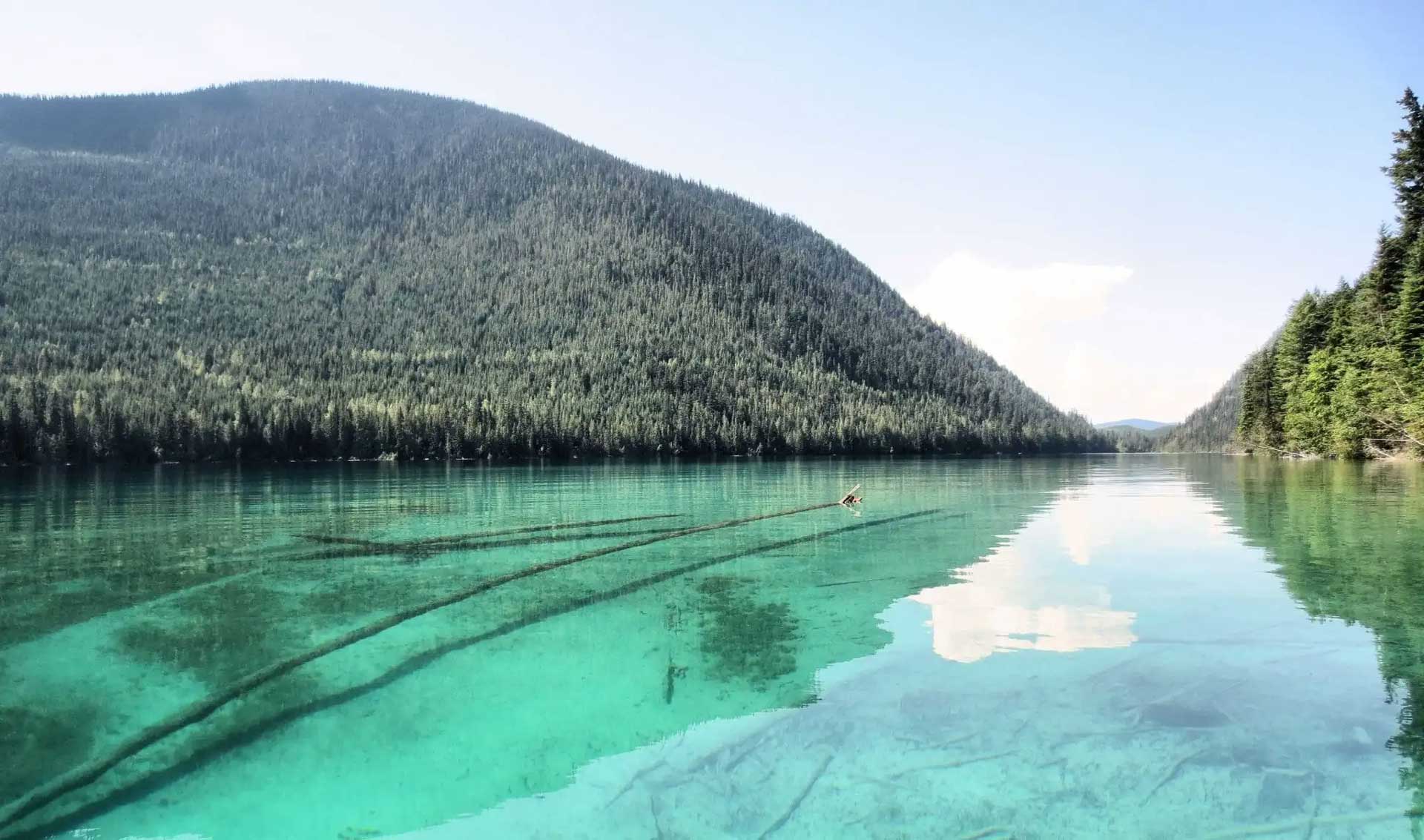Earlier this year, in Pell-tsk̓úlecwten, melting month, our ecology team received a call for assistance regarding a problematic sts̓e7 (dam) at Johnson Lake Resort an Simpcw Resources Group business. Sqlu7úw̓I (beaver) had recently constructed a dam at the outlet of Johnson Lake. The outlet is controlled by a weir, and the dam had blocked the weir, making the weir incapable of being opened. This had downstream implications and the potential to impact agricultural and anthropogenic areas. A fishway is present at the weir as well, however, there was no obvious flow through the fishway, or fish use, making our fisheries biologists assume was blocked by additional unseen materials. Under many circumstances, beaver dams act as ‘regulator valves’ for waterways. They create riparian zones, saturate soils, and store water for gradual release. In turn, this regulation dampens water temperature and flow in downstream fish-bearing streams. Beavers, as ecosystem engineers, have a significant influence on the landscape.
Our fisheries biologists determined that wetland habitat features, such as wetland-dependent plants and saturated soils, were absent along the flooded water margin. Consequently, there was no risk of wetland loss or destruction if the dam were to be removed. Additionally, the dam appeared to have been abandoned, as there was no new wood being added to the dam. Provincial wetland policy enables protection for several wetland types such as marshes, swamps, and fens from many activities that would occur in or near them.
With the goal of restoring fish passage, as well as to allow for the weir to be opened, the team made the decision to remove the blockage and trap the beaver. Without removal of the beaver, the beaver would continue to build adam at the outflow point on the weir. Efforts to trap the beaver were undertaken by a local Simpcw community member, however, it appeared the beaver left of its own will and it was not captured. A subsequent visit by the biologists in late spring revealed fish pooling downstream of the dammed fishway, confirming their concerns.
The beaver dam was carefully removed once we obtained a permit from the Ministry of Forests (MOF). After removing woody debris from the around the weir opening, fish were observed migrating closer to the newly exposed opening beneath the weir. Attempts to clear the fishway were made, however, it appeared the opening at the upstream side of the fishway was below the weir and the stream bed which we were not able to correct at this time. Balancing conservation and beaver management can be challenging. In this case the choice was made to protect fish spawning habitat, ensuring access to vital habitats both upstream in Johnson Lake, and downstream in Little Johnson Lake and Johnson Creek. No two situations are the same, and alternative beaver management strategies are available under different circumstances. These may include the use of flow devices such as ‘beaver deceivers, offsite beaver habitat enhancement, non-lethal deterrents like beaver fencing or scent repellents. It’s worth noting that in the right locations, beaver dams play a vital role in creating and maintaining wetland habitat.

